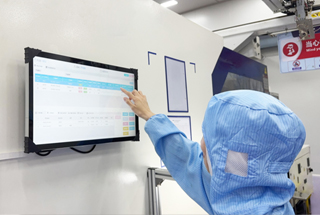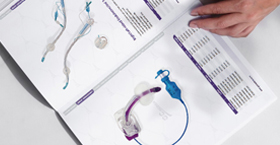In urinary catheter management, choosing the right drainage bag helps ensure patient comfort, mobility, and infection control. Catheter bags differ in capacity, portability, material, and connector type. The four most common varieties are:
Leg Bags
Leg bags are small, lightweight pouches designed to be strapped just below the knee. They typically hold 500–1000 mL of urine and are made of soft, leak‑proof vinyl or silicone. Their compact size and discreet placement under clothing promote mobility and independence, making them ideal for ambulatory patients or those undergoing rehabilitation.
Night (Bedside) Bags
Night bags, also called bedside drainage bags, are larger (up to 2000 mL) and hang at the bedside. They allow extended drainage during sleep without frequent emptying. Constructed from durable, transparent materials, these bags often feature anti‑reflux valves to prevent backflow and reduce the risk of urinary tract infections (UTIs).
Pediatric or Neonatal Bags
Pediatric bags are scaled‑down versions of leg or bedside bags, with capacities ranging from 200 to 600 mL. Their smaller size and gentle, skin‑friendly adhesives minimize discomfort and reduce risk of skin breakdown in children and infants. Some designs include double adhesive strips or splash guards to improve security on active youngsters.
Condom (Sheath) Catheter Bags
For male patients using external (condom) catheters, specialized drainage bags attach via a short tube. These bags may be leg‑mounted or bedside style. They often include a gentle valve system to prevent backflow and a quick‑release connector for easy changing.
When selecting a catheter bag, clinicians consider factors such as expected urine output, patient mobility, skin integrity, and infection risk. Frequent emptying of small bags reduces bladder pressure but may be impractical overnight, whereas larger night bags minimize disturbance but require correct hanging height (always below bladder level). Ensuring secure attachment, proper drainage tubing alignment (without kinks), and regular bag changes (per institutional protocol) are essential to maintain patency and reduce UTI rates.
| Bag Type | Capacity | Mounting/Location | Typical Use | Key Features |
|---|---|---|---|---|
| Leg Bag | 500–1000 mL | Strapped to thigh or calf | Ambulatory patients | Discreet, lightweight, soft straps |
| Night (Bedside) Bag | 1500–2000 mL | Hang on bed or chair | Overnight drainage, high output | Large capacity, anti‑reflux valve, clear wall |
| Pediatric Bag | 200–600 mL | Leg‑mounted or bedside | Infants and children | Skin‑friendly adhesive, splash guard |
| Condom Catheter Bag | 500–1500 mL | Leg‑mounted or bedside | Male external catheter users | Quick‑release connector, anti‑reflux design |
By matching the drainage bag type to patient needs—balancing capacity, comfort, and safety—healthcare providers can optimize urinary management and reduce complications such as skin irritation, accidental disconnection, and infection.
| Urine drainage bags > |


 Français
Français Español
Español Products
Products

 About Us
About Us












